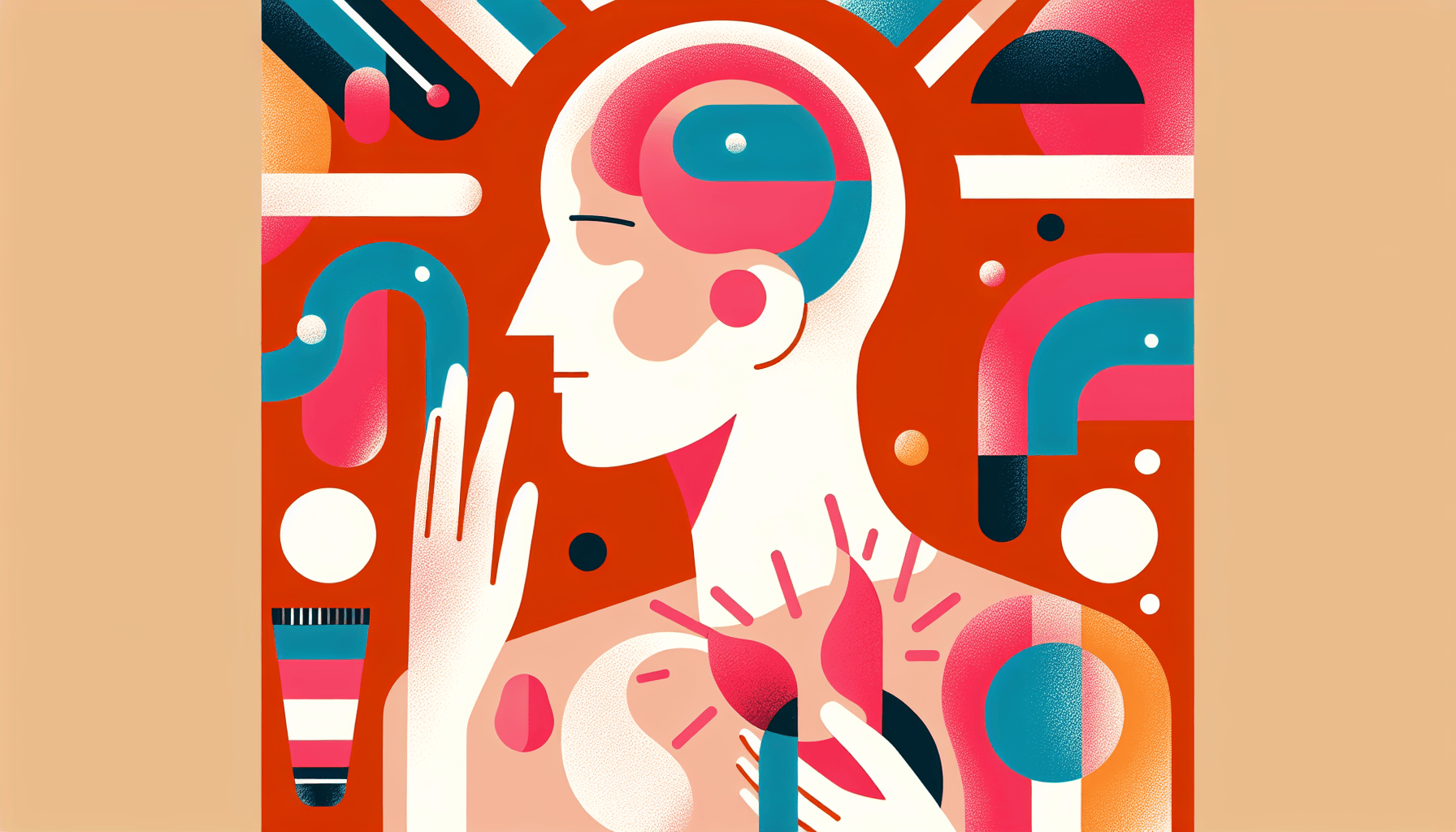Does Gabapentin Help with Sciatica?
Sciatica can cause sharp pain that shoots down your leg, making simple tasks hard. Many people wonder if gabapentin, a common medication, can ease this pain. This article [...]
Read More
Medically reviewed by Abhijit Bhattacharyya | MD, PhD, MBA, Tufts University School of Medicine - Miami, Florida on May 6th, 2023.
Alopecia is an autoimmune disorder that causes hair loss, often in patches the size and shape of a quarter. The severity of hair loss varies from person to person, with some experiencing only a few small patches while others may lose a significant amount of hair. In some cases, hair may grow back, but it can also fall out again later.
There are several types of alopecia, including:
Alopecia areata: The most common form, characterized by patchy hair loss
Alopecia areata totalis: Complete loss of hair on the scalp
Alopecia areata universalis: Loss of hair on the entire body
Diffuse alopecia areata: Sudden thinning of hair rather than patchy loss
Ophiasis alopecia areata: Hair loss in a band shape around the sides and back of the head
The main symptom of alopecia is hair loss, which can occur in various patterns. You may notice:
Small bald patches on the scalp or other parts of the body
Patches that grow larger and merge into a bald spot
Hair that grows back in one area while falling out in another
Rapid hair loss over a short period
Increased hair loss during cold weather
Changes in fingernails and toenails, such as redness, brittleness, and pitting
The bald patches of skin are usually smooth, without any rash or redness. However, some people may experience a tingling, itching, or burning sensation on the skin just before hair falls out.

Alopecia is an autoimmune disease, which means that the body's immune system mistakenly attacks healthy hair follicles. The exact cause is unknown, but researchers believe that a combination of genetic and environmental factors may trigger the condition. You may be at a higher risk of developing alopecia if you have:
A family member with alopecia
Asthma
Down syndrome
Pernicious anemia
Seasonal allergies
Thyroid disease
Vitiligo
If you suspect that you have alopecia, it's essential to consult a dermatologist. They will assess your symptoms, examine your scalp and hair, and may perform additional tests to rule out other conditions that can cause hair loss. These tests may include:
A gentle pull test to see if hairs come out easily from the edges of bald patches
Examination of individual hairs and follicles for abnormalities
Nail inspection
Rarely, a skin biopsy to examine the scalp under a microscope
Blood tests to check for thyroid, hormone, or immune system problems
A fungal culture to rule out fungal infections
While there is no cure for alopecia, several treatment options can help manage the condition and promote hair regrowth. These include:
Corticosteroids: Anti-inflammatory drugs that can be injected into the scalp, taken orally, or applied topically as an ointment, cream, or foam
Topical immunotherapy: A treatment that involves applying chemicals to the scalp to produce an allergic reaction, which may stimulate hair growth
Minoxidil (Rogaine): A topical treatment commonly used for pattern baldness that may help with hair regrowth in some cases of alopecia
Other medications: Drugs sometimes used for other autoimmune disorders such as biologic drugs may be prescribed, with varying degrees of success in regrowing hair
In addition to medical treatments, there are several ways to cope with the emotional and psychological impact of alopecia:
Wear wigs, hats, or scarves to cover hair loss and protect the scalp from the sun
Reduce stress, which may trigger or worsen alopecia
Join support groups to connect with others who have alopecia and share experiences
It's important to remember that alopecia is not usually a serious medical condition, but it can cause significant anxiety and sadness. If you experience sudden hair loss, always consult a doctor to rule out other potential causes and discuss the best treatment options for your individual case.
For more information on alopecia and its management, visit:
Sciatica can cause sharp pain that shoots down your leg, making simple tasks hard. Many people wonder if gabapentin, a common medication, can ease this pain. This article [...]
Read MoreBack pain is one of the most common health complaints, affecting millions of people worldwide. If you have back pain, you might have heard about gabapentin as a possible [...]
Read MoreIf you take gabapentin, you might wonder if it will show up on a drug test. This question matters for many people, whether it’s for work, sports, or legal reasons. Gabapentin [...]
Read More